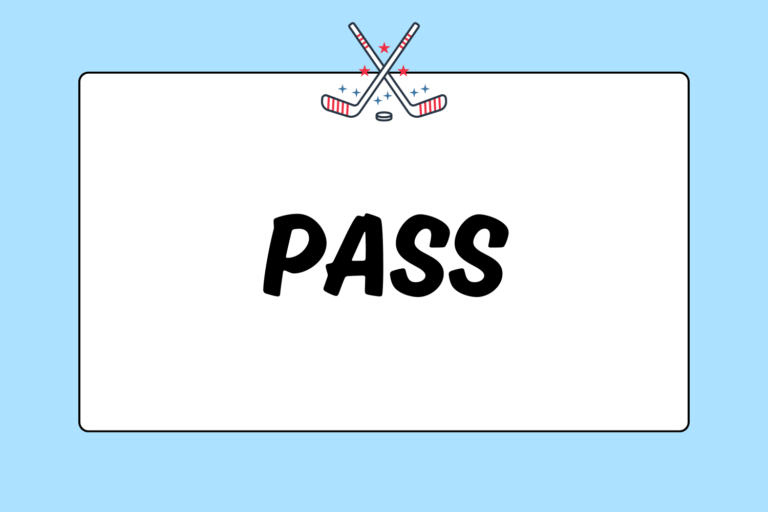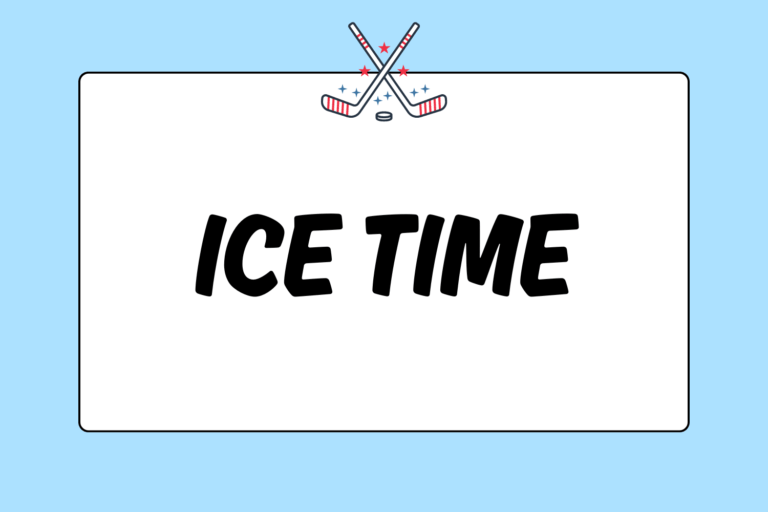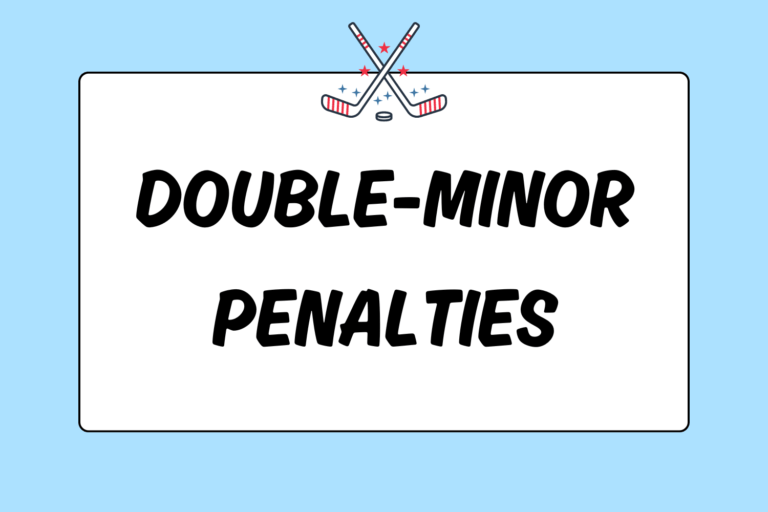When children start playing hockey, they are often rotated around from position to position until they find one at which they are comfortable. As important is that a youngster finds a position that is enjoyable. This process often gives young players a lifelong respect for their teammates who play other positions, and a greater understanding of the game. However, that’s not to say every hockey player starts out as a blank canvas.
By the time players first lace up their skates and hit the ice, they usually have an idea of what they want to do. Ice hockey has four positions: Wing, center, defense, and goalie. Of the four, goalie is most different from the others. These positions have names that group them together based on similarity. The wingers and center are called “forwards;” the forwards and defensemen are grouped together as “skaters.” Each of the positions requires separate skill sets and in-game responsibilities.
Wingers
There are two wingers on the ice at a time – the left winger and the right winger. These players are often able to play both the left and right side of the ice interchangeably. Each wingers’ handedness, the handedness of their linemates, and personal preference all go into determining whether they will play on the left or right side. Wingers often score the most goals, and have the least amount of defensive responsibility of any position.
The Skills
Wingers are usually fast skaters with solid puck-handling skills. They should have hard, accurate wrist shots and snap shots. Wingers should feel comfortable setting screens in front of the goalie and deflecting shots, as well as shooting one-timers. The best wingers often have lightning-quick reflexes, quick hands, and are very opportunistic around the goal.
The Responsibilities
Wingers have the least amount of defensive responsibility, although every position must get back and play defense. When the opposing team has the puck in the offensive zone, wingers need to pressure them and try and create turnovers. This is called forechecking. Good wingers need to have a nose for the puck and go get it from the other team, as this aids their primary objective of scoring goals. Wingers play mostly along the sideboards and in the corners as they flank the center.
Centers
Center is a leadership position. Every line of forwards is led by the center. The job for this position is to take the face-offs and create scoring chances for the wingers, while also supporting the defensemen.
The Skills
A center’s biggest tool is his brain. Centers should know when to join the rush offensively, when to slow things down, and when to transition from offense to defense. They are a key part of their team’s breakout (getting the puck from the defensive zone to the offensive zone, read more details in our guide “Understanding the Breakout in Hockey”). Furthermore, centers take the vast majority of the face-offs. Wits, passing, and playmaking abilities are more important to a center than being the fastest skater or having the hardest shot.
The Responsibilities
The center bridges the gap between wingers and defensemen, and thus must be ready to play the style of both positions when the situation calls. Centers should be at least proficient in the face-off circles. They should also be leaders both on and off the ice; they are often captains or alternate captains of their teams. Centers mostly play down the middle of the ice from end to end – even behind the net to relieve pressure from wingers that are caught in the corner. As the situation calls, centers will play on any part of the ice to cover for a teammate caught out of position.
Defenseman
Defensemen get the least amount of glory of any of the skaters, but are often the most important. The two defensemen protect their goal from the opposing team at any cost, often risking bodily harm by blocking shots. Defensemen should be tough and relentless as they battle the opposing team for pucks in the corner of the defensive zone.
The Skills
Much like the center, defenseman can get by with a lot of brains instead of physical skills. Defensemen should be able to disrupt the opposing offense by using a number of techniques. Whether they’re blocking shots, taking away a pass, connecting on a big body check, or simply steering the puck carrier into less dangerous spaces, d-men should try to slow the opposing forwards. In the offensive zone, defensemen can chip in by making clean cross-ice passes and taking long, accurate slap shots from the blue line.
The Responsibilities
A defenseman’s job, first and foremost, is to limit scoring opportunities any way possible. These guys should play a sound positional game, never joining the offensive attack so much that they allow the opposition a chance to score. Defensemen have to initiate the breakout, and must be able to dump the puck hard to alleviate pressure. It’s very common to see defensemen wearing the captain’s C.
Goaltender
Many people say that goaltender is the most important position on the ice. Goalie’s can be the key to a team’s success, or the reason for a team’s downfall. Indeed, teams often live and die by the play of their goaltender.
The Skills
Goalies should be quick and have excellent hand-eye coordination (hand-foot, as well). They should also be flexible and fearless. Anaerobic endurance is vital. Tall players have a distinct advantage, but quickness and reaction time is much more important than size.
The Responsibilities
It is the goaltender’s responsibility to prevent the puck from going in the net at all costs. To be successful, they must constantly pay attention, always give their max, and be tough enough mentally to not let mistakes get under their skin.
The Sum of All Parts
New players should approach the game of ice hockey with an open mind. Before you ever lace up your skates, you may dream of scoring breakaway goals, only to find out later that your talents lie in goaltending or defense. Try as many positions as you can, and keep an open mind. Regardless, know that every position is vital to a hockey team’s success. Try to appreciate what every one of your teammates brings to the table.





